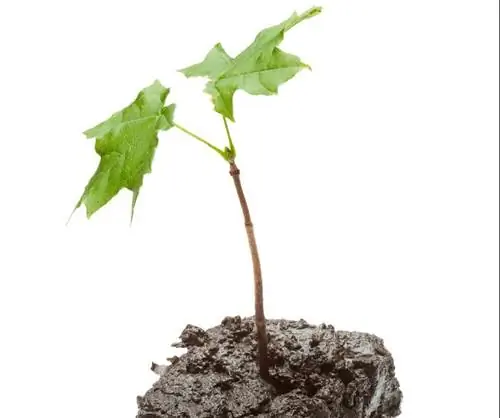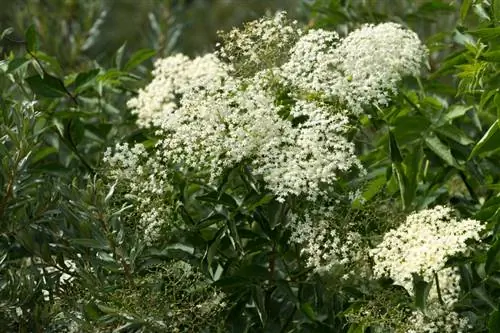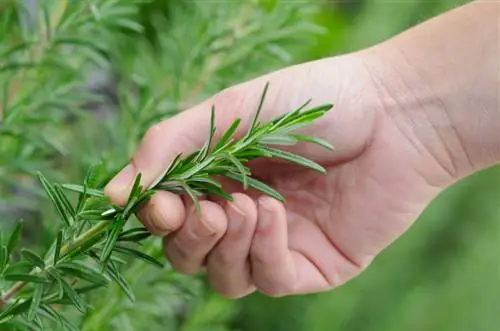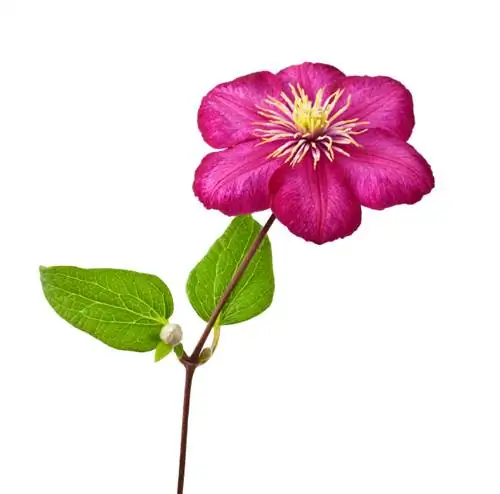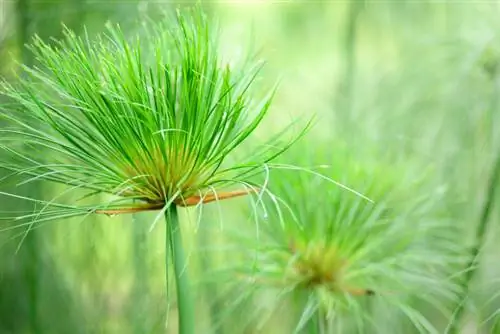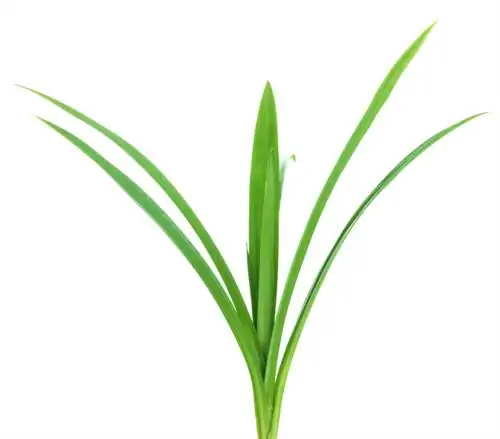- Author admin [email protected].
- Public 2023-12-16 16:46.
- Last modified 2025-06-01 06:02.
As part of the vegetative propagation of maple trees, home gardeners complain about the stubborn roots and high failure rate of seedlings. This guide explains how you can skillfully avoid these horticultural difficulties. This is how you properly grow maple cuttings.
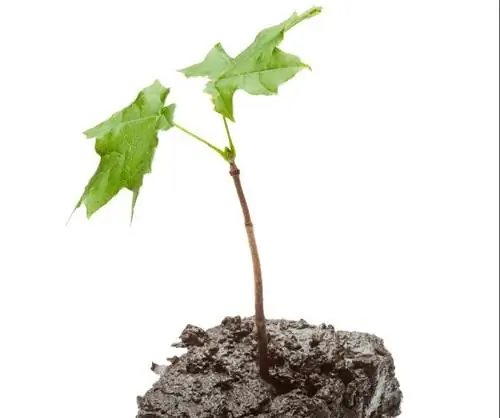
How do I successfully grow maple seedlings?
To grow maple seedlings successfully, cut off 10-15 cm long shoot tips in early summer, defoliate them and make a wound cut. Place the cuttings in potting soil, put a plastic bag over it to create a microclimate and ensure daily ventilation.
Cut and prepare offshoots - how to do it right
Early summer is the best time to propagate a maple tree through cuttings. Take sharp, disinfected scissors and cut off as many shoot tips as possible, 10 to 15 cm long. Make the cut just below a leaf node. How to prepare the cuttings professionally:
- Defoliate the lower half of each offshoot
- Make a 2 cm long wound cut at the end of the shoot opposite the leaf node
- Dip the cuttings in rooting powder (€23.00 on Amazon) (e.g. Clonex) and let them rest for 10 minutes
Prepare a separate growing pot for each cutting. Commercially available potting soil, coconut humm or a mix of sand and potting soil are suitable as a substrate. As a special motivation for rapid rooting, fill in a thin layer of compost in advance. A cutting is simply inserted into the poor soil so that the roots can make an effort to reach the nutrient buffet on the bottom of the pot.
Tensioned air promotes rooting - this is how it works
Following the preparation, another measure comes into focus to encourage stubborn maple offshoots to grow roots. A microclimate of tense air allows the roots to sprout. This is how it works:
- Put a plastic bag over each growing pot
- Two to three wooden sticks act as spacers
- Important: No contact between plastic and offshoot
- Tie bags together to create a warm, humid climate
It is more convenient and more successful to create tense air in an indoor greenhouse or a large bowl with a transparent lid. It is important to note that you ventilate the cover daily so that neither mold nor rot can form. Take this opportunity to check the moisture content of the substrate in order to water when the surface is dry.
Tip
Saplings of Asian maple species feel better in slightly acidic soil. In contrast to their European counterparts, slotted maple and Japanese maple favor a pH value of 5.0 to 6.5. Therefore, add a little rhododendron or azalea soil to the substrate when growing and planting.

